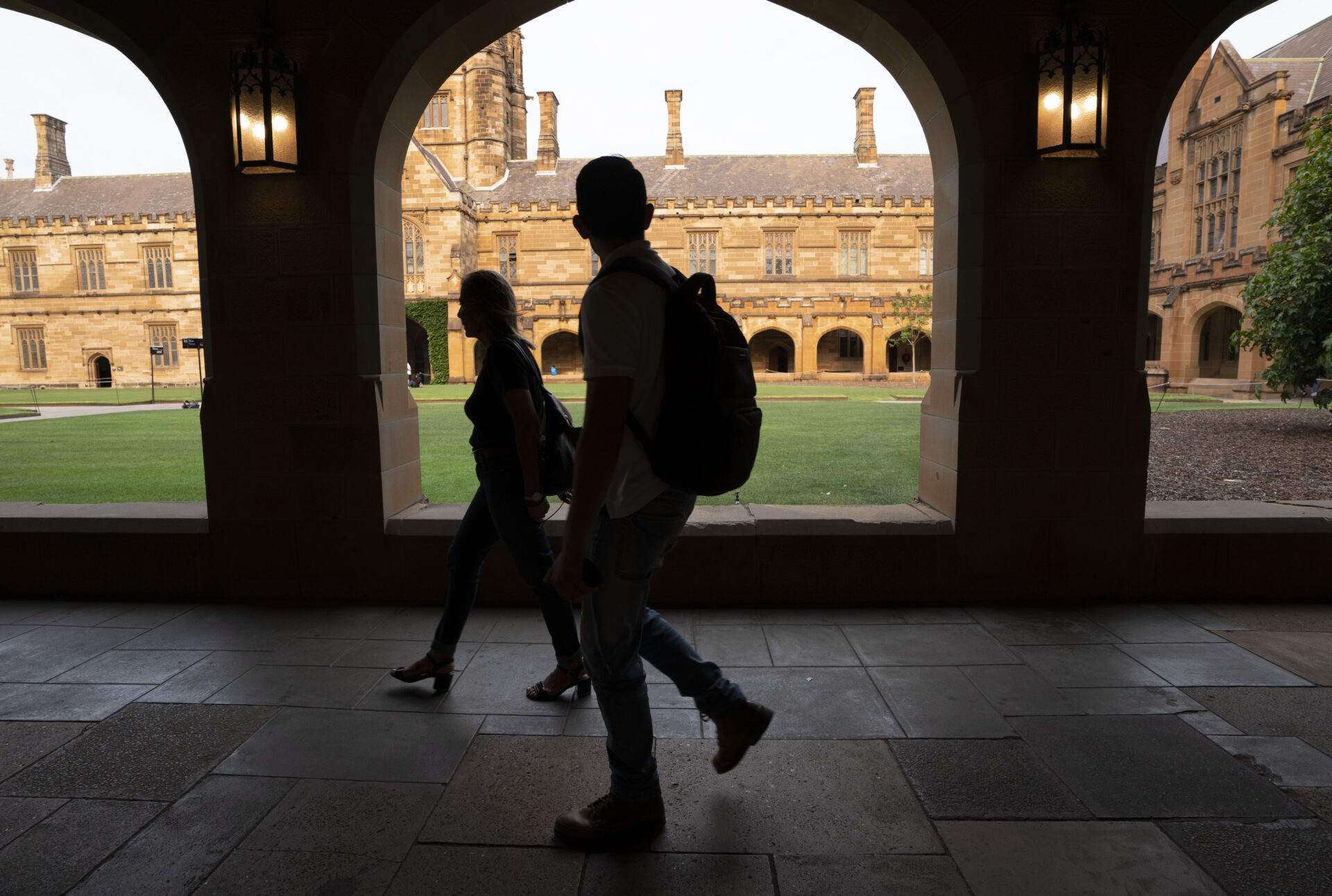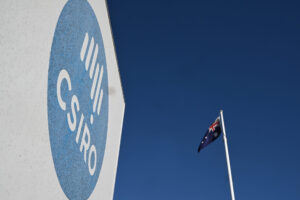The academic publishing rort

As much as $1 billion in taxpayer funding may be being funnelled into the pockets of for-profit academic publishers every year, writes Dr Kristen Scicluna.
Imagine being an expert in your field, and working for months – maybe years – on a cutting-edge research project. And then imagine sending that research to a publisher who pays you nothing for your work. Instead, they charge you an enormous fee for the privilege of having it appear in their journal. No one would go along with that kind of racket, right? Unfortunately, that’s the entire business model of academic publishing.
While it might seem like a niche industry, academic publishing is big business. It generates around US$19 billion annually. It is dominated by just five publishers who control half of the market: Elsevier, John Wiley & Sons, Taylor & Francis, Springer Nature, and SAGE. The largest among them, Elsevier, reported a profit of £1.79 billion in 2023, a mark-up of almost 40% – rivalling those of Google and Apple.
Academic publishing houses make such astonishing profits because they dodge many of the costs associated with traditional commercial publishing.
Journals do not pay authors for their articles, nor do they pay the academics they rely on to conduct the peer‑reviews essential to the scientific process. This is not to mention that type-setting, copy‑editing and printing costs have all fallen as publication has moved online.
But the exploitation doesn’t end there. Publishers also charge exorbitant subscription fees to university and institutional libraries so that their staff and students – who produce the work in the first place – can get past paywalls. If a member of the public wants to read some of the research they fund, one-off access for a single article would cost them around AU$30-500.
In many countries around the world, including Australia, funding bodies require the research they fund to be published with “open access”, meaning that it is not put behind a paywall. Here lies another opportunity for publishers to take advantage of academics and institutions by charging them an open access publication fee, called an “article processing charge” (APC). In the science journal Nature, the APC is currently around AU$19,000 – that’s for one single article. Yikes.

All up, Australia is estimated to be spending $332 million every year on journal subscriptions alone, and when APC fees are added to this, as much as $1 billion in taxpayer funding may be being funnelled into the pockets of for‑profit academic publishers every year.
Academic publishers rely on taxpayer funds to survive. Publicly-funded competitive research grants cover the salaries of the researchers who author research articles and peer-review manuscripts for publishers, while university funding sources like the Research Support Program help pay the journal subscription fees imposed on university and institutional libraries. This flow of funds – from government to academics and then to publishers – is how taxpayers indirectly subsidise academic publishers.
Academic publishers have become an entrenched part of academia. Granting bodies and hiring committees actually require researchers to publish in ‘prestigious’ journals and develop a ‘strong’ publication record to receive funding and promotions. These conditions mean that career success is tied to publication in ‘top’ journals, and this gives the private publishing giants their power.
Australia’s Chief Scientist, Dr Cathy Foley, is not blind to the challenges posed by the academic publishing model. In 2021, she announced the development of a new open access policy for Australia which is currently under departmental consideration. The policy calls for the establishment of a central implementing body that would negotiate with publishers to secure discounts on subscriptions and publishing fees, manage a fund to cover APCs, and ensure that all past and future Australian research articles are freed from behind paywalls.
While this would certainly be an improvement on our current situation, as it would give Australians access to the research they fund, it will merely shift the financial responsibility from researchers and institutions – who would no longer need to fork out their own money – to the centralised body. As the body would be funded by taxpayers, the public will continue to bear the cost.

In my recent report ‘Ending profiteering from publicly funded research: Tackling the academic publishing oligopoly’, I suggest some policy alternatives that would build on Dr Foleys open access plan and help to disrupt the academic publishing model.
These ideas include: revising grant criteria to reward publication in open access journals that charge more-reasonable APC fees; introducing a lottery-based system for the allocation of grants to reduce the emphasis on publication in grant applications; introducing grants specifically for researchers committed to publishing exclusively in open access journals; encouraging the rapid publication of research results through preprint servers; and encouraging the development of institutional repositories focused on publishing original research.
These strategies aim to deter researchers from publishing in exploitative journals, encourage publication on more equitable platforms, or offer viable alternatives that could render journals as we know them obsolete.
The growing global frustration with academic publishers has spurred many governments into action. Australia has made a solid start, but the open access model proposed by Dr Foley could go further. If we want to dismantle the academic publishing model and stop for-profit publishing giants from profiting from public research, we need to stop relying on them as a way to assess academic merit and shift towards a system that values open science.
Dr Kristen Scicluna’s report Ending profiteering from publicly-funded research was published on 20 March 2024.
Between the Lines Newsletter
The biggest stories and the best analysis from the team at the Australia Institute, delivered to your inbox every fortnight.
You might also like
The Productivity Commission is floating AI copyright exemptions – with worrying implications for Australian authors and publishers
In an interim report released overnight, Harnessing data and digital technology, the Productivity Commission has floated a text and data mining exception for the Australian Copyright Act. This would make it legal to train artificial intelligence large language models, such as ChatGPT, on copyrighted Australian work. AI training would be added to the list of
Who needs world-changing, life-saving science when you’ve got rugby league?
If you’ve ever used Aerogard, the announcement this week that CSIRO would cut another 350 jobs should alarm you.
The Productivity Commission is floating AI copyright exemptions – with worrying implications for Australian authors and publishers
In an interim report released overnight, Harnessing data and digital technology, the Productivity Commission has floated a text and data mining exception for the Australian Copyright Act. This would make it legal to train artificial intelligence large language models, such as ChatGPT, on copyrighted Australian work. AI training would be added to the list of “fair



